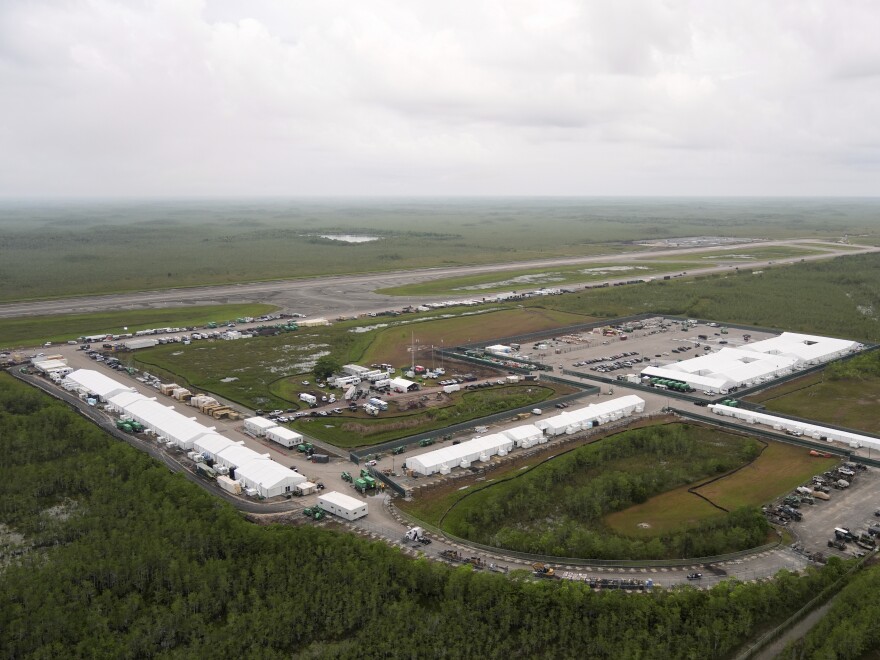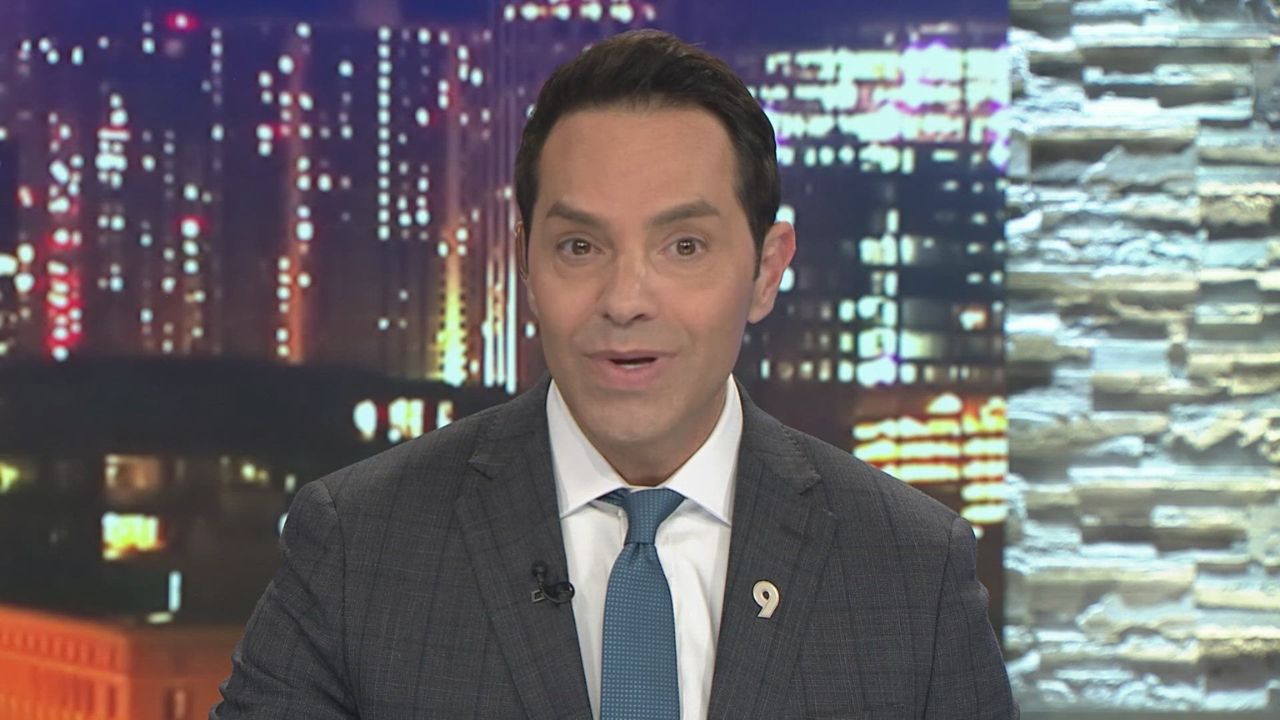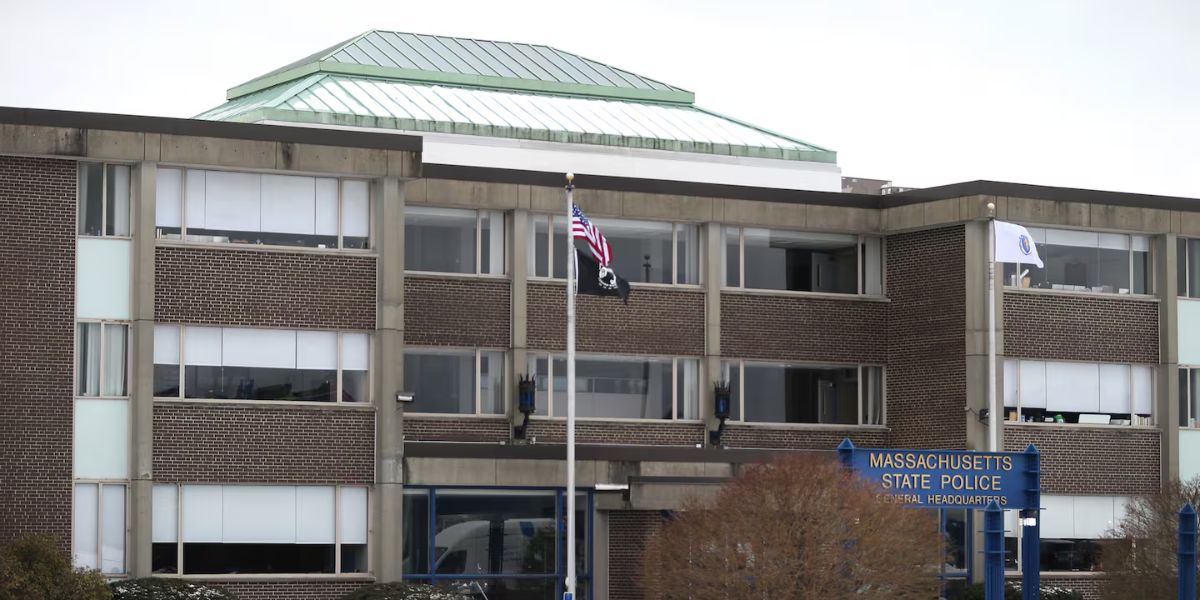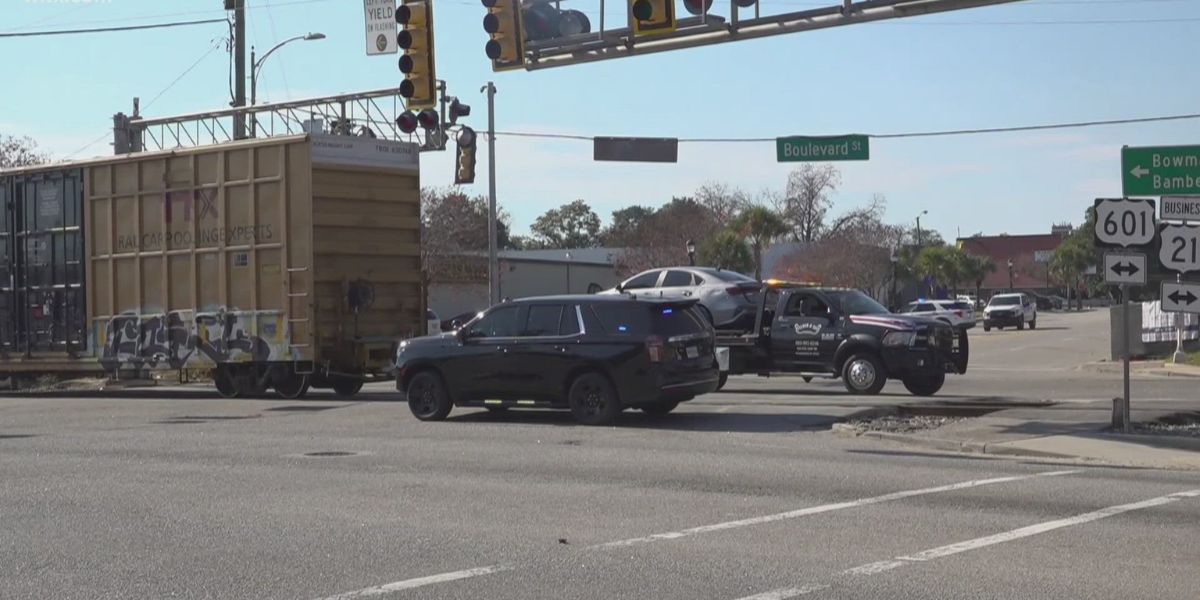Miami Environmental organizations and the Miccosukee tribe filed a lawsuit on Wednesday, contesting the establishment and management of an immigration detention facility in the Florida Everglades, leaving many important concerns unresolved.
The first question on the list is “Who’s running the show?” which U.S. District Judge Kathleen Williams asked multiple times during the four-day hearing at the infamous “Alligator Alcatraz.”
It is an Immigration and Customs Enforcement facility, according to remarks made by Trump administration officials in interviews and on social media during the hearing, according to attorneys for two environmental organizations. Florida attorneys argued in court that the facility is a state detention facility run by ICE, but they were unable to identify the site’s true administrator.
The question of who is in command at the center is crucial, even if immigration detentions and other operations at the facility will continue as the legal process progresses.
The Miccosukee tribe, which has access to and historic use of the area, joined the environmental organizations Friends of the Everglades and the Center for Biological Diversity in their case. The three plaintiffs are requesting that the judge stop the hurried construction, which they claim violates federal law because it was done without public consultation or an environmental impact assessment.
The National Environmental Policy Act, or NEPA, is in question because it mandates that federal agencies evaluate the environmental impact, consult with the public, and take into account alternative options before moving forward with a project. Florida and Trump administration attorneys said the court that since the facility was constructed and is run by the state, federal law does not apply.
Attorney Adam Gustafson of the Justice Department stated, “Control is the key to this case.” Furthermore, he stated at the location that “The federal government has no action or power to control the activity.”
Friends of the Everglades lawyer Paul Schweip claimed that Florida and the Trump administration were purposefully avoiding a clear answer about the site’s ownership. According to him, the detention facility “serves one single function and this is immigration detention which as a matter of law is a federal authority.”
The facility, which houses up to 5,000 immigration detainees in caged cells and tents, is situated in the wetlands of the Big Cypress National Preserve on a largely deserted and little used runway.
Attorneys for the environmental organizations testified during the hearing about the effects of the site’s increased population and activity on protected species and the water quality in the area.
Florida panthers would lose at least 2,000 acres of their habitat because to the bright lights, increased traffic, and human presence at the site, according to Randy Kautz, a wildlife scientist who assisted in creating the state’s Panther Recovery plan. Only 120 to 230 endangered panthers are thought to be left in Florida.
Christopher McVoy, a wetlands biologist who contributed to the Everglades restoration plan, expressed concerns to the court over the site’s 20 acres of additional asphalt paving and the potential effects it might have on the delicate ecosystem’s water quality. According to McVoy, the Everglades environment contains extremely low levels of phosphates and nitrates, which are minerals that support plant growth. He said that runoff with pollutants and nutrients would have a “drastic impact” on surrounding wetlands and natural plants.
Miccosukee tribal employees testified about the effects of the site’s increased activity on residents of tribal villages, some of which are just a few miles away from the plant. According to them, drainage from the location usually flows south toward the settlements and is probably contaminated with substances that could be harmful to both human health and the environment. Additionally, they expressed concern about the effects that the facility’s strong lights are having on the bonneted bat, another endangered species.
In order for the state and federal governments to remove debris, fence, and lights from the site, restore access for Miccosukee members, and cease operations there within 14 days, the groups and the tribe are requesting that Judge Williams grant a preliminary injunction.
On August 7, the judge temporarily halted new building at the site for two weeks. Before that order expires, she promised to make a decision on the request for a preliminary injunction.
Copyright 2025 NPR






